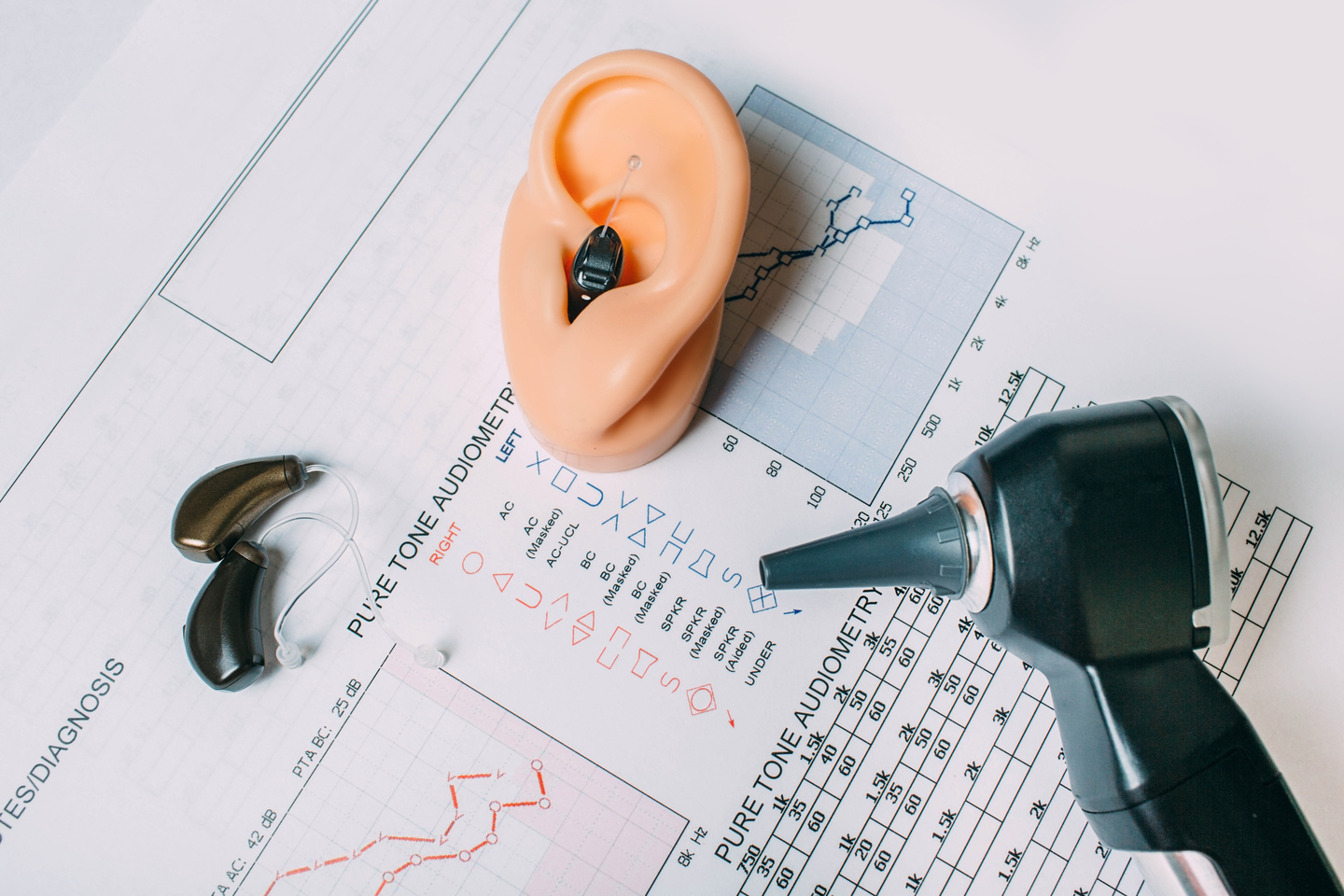What is Tympanoplasty
Managing Tympanic Membrane Perforations in Chronic Otitis Media
Tympanic membrane perforations may occur due to repeated or prolonged occurrences of acute otitis media, or middle ear infections, leading to chronic suppurative otitis media (CSOM). CSOM is characterized by hearing loss and otorrhea, in which fluid drains into the external ear through a hole in the tympanic membrane. In some cases, CSOM presents with cholesteatoma, in which there is a collection of cells behind the tympanic membrane, contributing to otorrhea, hearing loss, and tympanic membrane perforation, with increased risk of bone damage to the malleus in the middle ear.
Perforations in the tympanic membrane cause conductive hearing loss and, if left untreated, increase the risk of repeated middle ear infection, leading to further complications including hearing loss. To treat unhealing perforations, a tympanoplasty is done to patch the hole.
Paper Patch/Fat Graft Myringoplasty
For small perforations, the hole is temporarily covered to encourage natural healing of the membrane underneath. Either a fat graft taken from the ear lobe, or a small paper patch can be used to cover the hole through the ear canal. The edges of the perforation in the eardrum are scraped to encourage new healing. The patch or the fat is placed over the hole and gel foam is used to pack the ear.
Butterfly Tympanoplasty
The butterfly tympanoplasty is a surgical procedure done through the ear canal to treat small to medium sized holes in the center of the tympanic membrane. Cartilage is grafted from the tragus (the small triangular portion of the outer ear) and cut to form two flaps resembling the wings of a butterfly. One “wing” is placed through the perforation to cover the hole from behind the membrane, and the other “wing” remains on the outer surface of the membrane. Gel foam sponges may then be placed around the graft to secure the cartilage until it integrates with the eardrum.
Medial Graft Tympanoplasty
In this surgical procedure, fascia from the temporalis muscle above the ear is placed behind the eardrum. This can be done through the ear canal, or via an incision behind the ear, depending on the size and location of the hole. The edges of the perforation are scraped to encourage integration of the graft with the rest of the membrane. The eardrum is lifted and placed to one side of the ear canal. If necessary, the cholesteatoma is removed at this point. The fascia graft is then placed underneath the eardrum, and the eardrum is placed back down over the graft. The risks of this procedure are recurrence (if the graft is not taken up) and damage to the facial nerve (responsible for facial movement) or the chorda tympani (responsible for taste and some secretory gland response) due to the proximity of these nerves to the middle ear.








